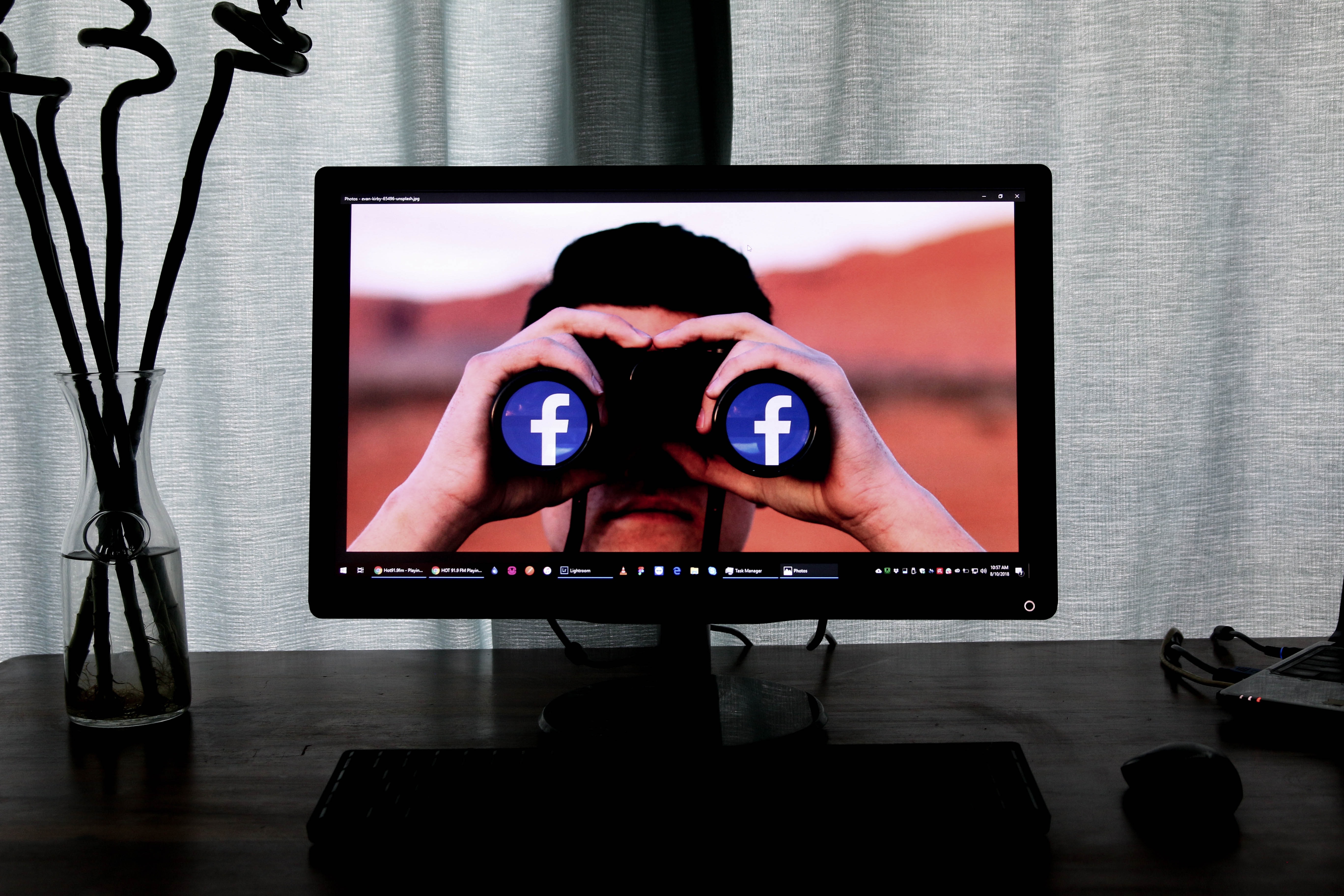There are many occasions as a marketing professional that call for pulling out your iPhone and capturing something. It could be your product, your customer having an awesome experience, or even in internal team challenge that has potential create amazing recruiting footage. For the next occasion, here are the top three things you can do (or tell you underling to do) to capture the best possible footage.
1. Check your settings
Go to Settings and then navigate to Camera.
If you have an iPhone 7 or better, you have access to two camera lens (or as Apple refers to them, as cameras), and you have three cameras if you have an 11. It allows for the iPhone to switch between lens as needed in case there is a light change or you need to zoom in or out. If you don’t want to have your video abruptly switch lenses (it can happen while recording and it’s a jerky transition), go to the Record Video setting and click “Lock Camera”. It will lock your camera to one specific lens, but keep in mind that if you’re zoomed in or need to zoom in, you’ll need to toggle this off. But, please, don’t zoom in unless you have to absolutely do so.
2. Enable the grid
For better picture composition, enable the Grid and record at High Efficiency.
A grid is a representation of the rule of thirds where your camera will be separated into 9 separate and equal areas. It’s a nice option for framing that allows you to view the shot from an aesthetically pleasing viewpoint. The iPhone 11 also allows you to capture video and photos outside the frame. Keep in mind that this is cached data, and to save space the iPhone will delete this extra information in 30 days unless you eat the video in the iPhone’s Photos app. Regarding Formats (once again, that menu is in Settings), unless your video editor needs to have the H.264/JPEG format for whatever reason, use the High Efficiency setting with the HEVC format (also known as H.265). It is a better compression algorithm, and it will bump up the resolution of your videos while also helping the storage space.
3. Horizontal or vertical recording?
You decide!
It depends on where your video is going and who is going to consume it. If you are creating a video for YouTube, you most likely want to hold the phone horizontally. If you’re creating the video for Instagram, you would go with a vertical recording. If you have to mix horizontal and vertical videos, I would start with vertical as your exported video type and then replicate your horizontal video so that it runs in the background as well.




.jpg)
